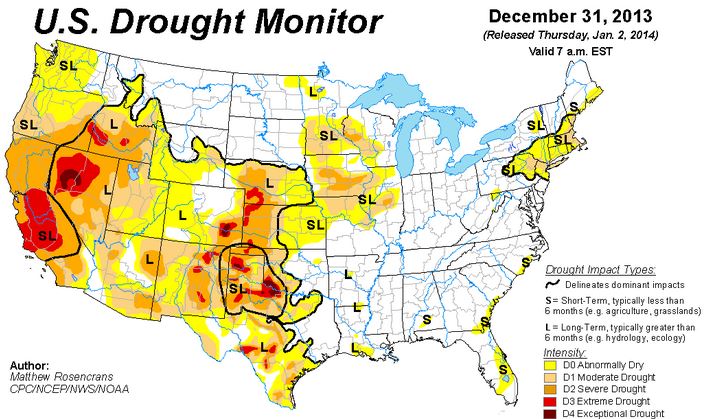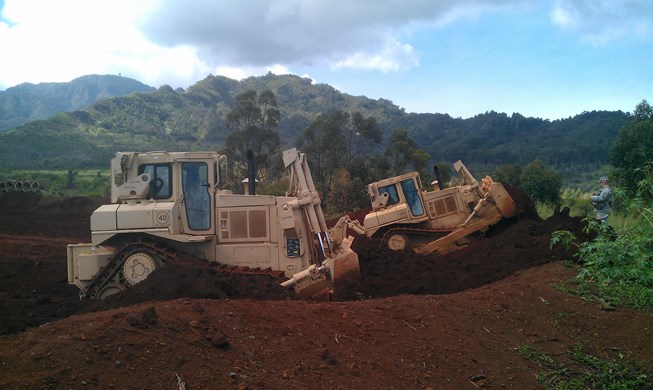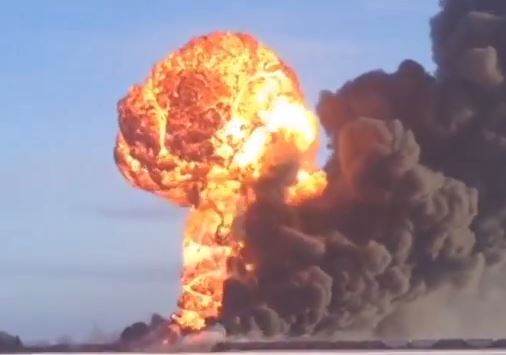The Aaron Harber Show has produced a two-part series of panel discussions about wildfires, titled: “Are We Getting the Whole Story on Wildfires?” Each show includes five experts or people with experience or a commercial interest in firefighting wildfires or using aerial resources on fires.
The producers are planning to broadcast the first show (Part 1 of 2) in Denver and across Colorado on Sunday, January 5th, on Channel 3 KCDO-TV (K3 Colorado), followed by broadcasts on Monday, January 6th, on COMCAST Entertainment Television, and again on Tuesday, January 7th, on ION Television, so the program will get significant exposure right as the Colorado General Assembly returns to Denver. Part 2 will be broadcast statewide on January 12th, 13th, and 14th, on the same channels, respectively.
According to their website, “The Aaron Harber Show” is a weekly television program promoting mutually respectful civil discourse. Its broadcast originates from Denver, Colorado.
The panelists include:
- Rick Goddard, President & CEO, Caylym Systems (which is attempting to develop a system for delivering retardant in cardboard boxes that weigh 100-pounds when empty)
- Jim Davis, Executive Director of the Colorado Department of Public Safety;
- Harris Sherman, former U.S. Undersecretary of Agriculture;
- Rick Hatton, President and CEO of 10 Tanker Air Carrier (operates two DC-10 air tankers that carry 11,600 gallons each);
- Dennis Hulbert, former head of aviation for the U.S. Forest Service in California;
- David Baskett, President & CEO of International Emergency Services (he is attempting to bring into the United States aerial firefighting fleet the Russian-made Be-200 amphibious water-scooping air tanker).
Obviously a few of them have their own agenda, but still it is interesting to hear people talk at length about wildland fire, some of whom have experience and/or knowledge of the subject.
In case you will not be able to watch the shows when they air on television, we have embedded them here. The first video, Part 1, is below:
Part 2:
The videos can also be seen at the Aaron Harber Show website.
Thanks and a hat tip go out to William and Dick









